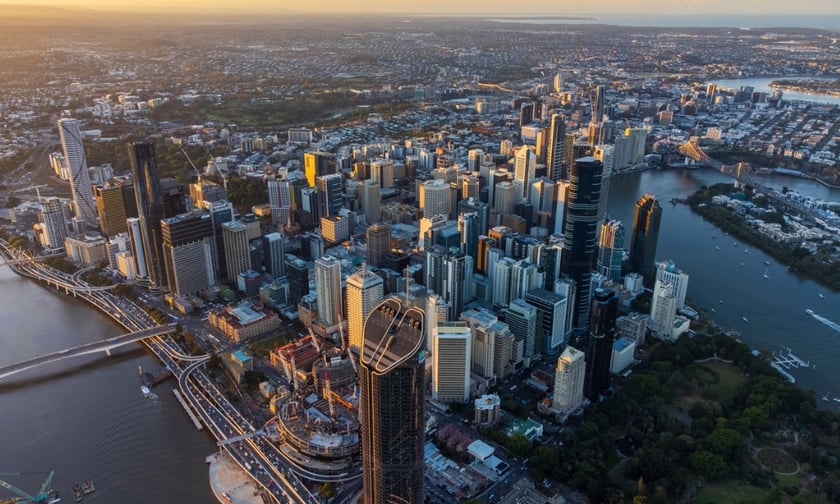

By
As 2024 progresses, Australia's housing market is showing a wide range of outcomes across different cities, according to a recent update from SQM Research. The company's mid-year assessment reveals that while some initial forecasts have been accurate, others have been surpassed or need adjustment due to shifting economic and geopolitical factors.
SQM Research managing director Louis Christopher noted that external factors such as potential conflicts in the Middle East and a slowdown in migration rates are influencing the housing market.
"I am a believer that migration rates are currently slowing. I can’t prove it as the migration data is six to nine months lagged on present day. But as we have reported of late, we are now seeing some softness in the inner-city rental markets of Sydney and Melbourne, which suggests to me that internal student inflows are slowing,” Christopher said.
“So, that means our base case scenario of a housing price slowdown for 2024, led by falls in Sydney and Melbourne housing is what I believe to be the most likely scenario that is going to play out for the remainder of 2024.”
Nationally, dwelling prices have risen by 2.5% across Australia's capital cities, with significant variation among them. For instance, Perth has seen a substantial increase in housing prices, likely to exceed 20% by year-end, driven by strong employment, interstate migration, and favorable government policies. However, there is caution around falling commodity prices, which could impact the market's momentum.
Brisbane has also experienced unexpected growth, with housing prices now expected to rise between 15% to 20% by the end of 2024, far exceeding earlier predictions. Likewise, Adelaide has outpaced expectations, with prices rising by 12% so far in 2024. The city's strong economy and relatively affordable housing have contributed to this growth, which is now expected to reach 15% to 20% by year-end.
In contrast, Darwin's market has remained sluggish, with a 2% decline in prices over the past year, reflecting elevated stock levels and a languishing local economy. This aligns with SQM's forecast of a flat to falling market.
Melbourne is also seeing a decline in its housing market, consistent with predictions of a 1% to 5% decrease. Auction clearance rates and rental prices have weakened, with little indication of a turnaround.
Sydney's housing market has seen a slight decrease, with prices down 0.2% year-to-date. This aligns with expectations of a continued decline, driven by elevated interest rates and a potential slowdown in population growth. The same goes for Hobart with a 1.9% decline in prices, aligning with predictions of a 3% to 7% drop. SQM Research anticipates continued weakness in the market, with potential for further declines.
Canberra surprised with a modest 0.8% drop in dwelling prices as it was initially expected to experience the most significant declines. While the market opened stronger than anticipated, recent data indicates a weakening trend, suggesting that the initial bearish outlook may still hold.
